any truly freeze-resistant camellia flowers?
davidrt28 (zone 7)
9 years ago
Featured Answer
Comments (35)
luis_pr
9 years agoSavannahNana
9 years agoRelated Professionals
Maple Valley Landscape Architects & Landscape Designers · New Bedford Landscape Architects & Landscape Designers · Baltimore Landscape Architects & Landscape Designers · Marina Landscape Architects & Landscape Designers · Allentown Landscape Contractors · Frisco Landscape Contractors · Choctaw Landscape Contractors · Palatine Landscape Contractors · Peachtree City Landscape Contractors · South Hackensack Landscape Contractors · West Haverstraw Landscape Contractors · Westchester Landscape Contractors · Weymouth Landscape Contractors · Markham Landscape Contractors · Haltom City Swimming Pool BuildersUser
9 years agoluis_pr
9 years agoUser
9 years agoluis_pr
9 years agodavidrt28 (zone 7)
9 years agoluis_pr
9 years agoDave in NoVA • N. Virginia • zone 7A
9 years agoVicissitudezz
9 years agodavidrt28 (zone 7)
9 years agodavidrt28 (zone 7)
9 years agoDave in NoVA • N. Virginia • zone 7A
9 years agoUser
8 years agodavidrt28 (zone 7)
8 years agoUser
8 years agodavidrt28 (zone 7)
8 years agolast modified: 8 years agoDave in NoVA • N. Virginia • zone 7A
8 years agoUser
8 years agoDave in NoVA • N. Virginia • zone 7A
8 years agojaceymae
2 years agojaceymae
2 years agolast modified: 2 years agodavidrt28 (zone 7)
2 years agolast modified: 2 years agodavidrt28 (zone 7)
2 years agojaceymae
2 years agolast modified: 2 years agodavidrt28 (zone 7)
2 years agolast modified: 2 years agodavidrt28 (zone 7)
2 years agolast modified: 2 years agojaceymae
2 years agodavidrt28 (zone 7)
2 years ago
Related Stories

CONTAINER GARDENS7 Deer-Resistant Flowers for Your Summer Containers
Grow these as protection for edibles or just for their colorful beauty — deer might not like them, but everyone else will
Full Story
FALL GARDENING9 Deer-Resistant Flowering Shrubs to Plant This Fall
These exquisite shrubs will attract your attention but won’t tempt the deer that roam your neighborhood at night
Full Story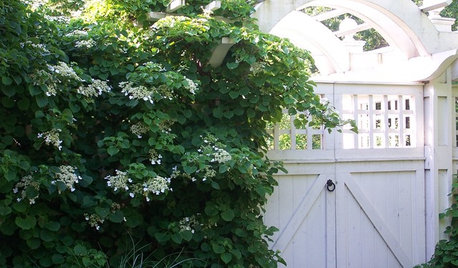
FALL GARDENING6 Deer-Resistant Flowering Vines to Plant This Fall
Have a major deer problem? Here are some of the only vines that have a chance of not being eaten
Full Story
GARDENING GUIDES6 Wonderfully Easy Roses for Any Gardener
Look like an expert even if you're just starting out, with these low-maintenance gems of the rose world
Full Story
GARDENING GUIDESTop 12 Summer-Blooming Perennials for Deer-Resistant Drama
Can you have garden color, fragrance and exciting foliage with hungry deer afoot? These beauties say yes
Full Story
GARDENING GUIDESGreat Garden Combo: 3 Wonderful Plants for a Deer-Resistant Screen
Protect your privacy and keep deer at bay with a planting trio that turns a problem garden area into a highlight
Full Story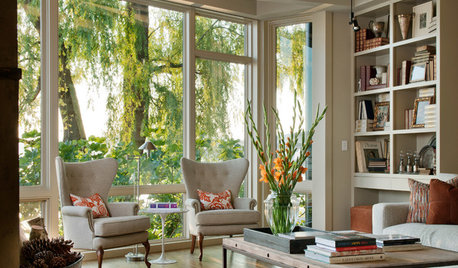
MOST POPULAR12 Key Decorating Tips to Make Any Room Better
Get a great result even without an experienced touch by following these basic design guidelines
Full Story
GARDENING GUIDESOh, Deer! 10 Native Flowers That Stand Up to the Herds
Keeping a garden amid hungry deer can be hard, but these plants should fare well
Full Story
GARDENING GUIDESGreat Design Plant: Rosa Banksiae a Low-Maintenance Beauty
This thornless, disease- and insect-resistant rose brings showers of white or yellow flowers to the spring garden
Full Story
GARDENING GUIDES20 Favorite Flowers for Butterflies and Bouquets
Discover perennials and annuals that do double duty as butterfly magnets and versatile cut flowers
Full Story







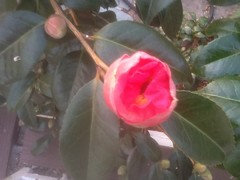







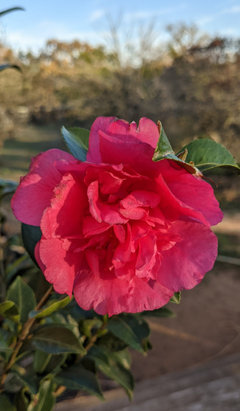
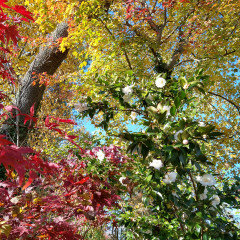
Jurassic Park